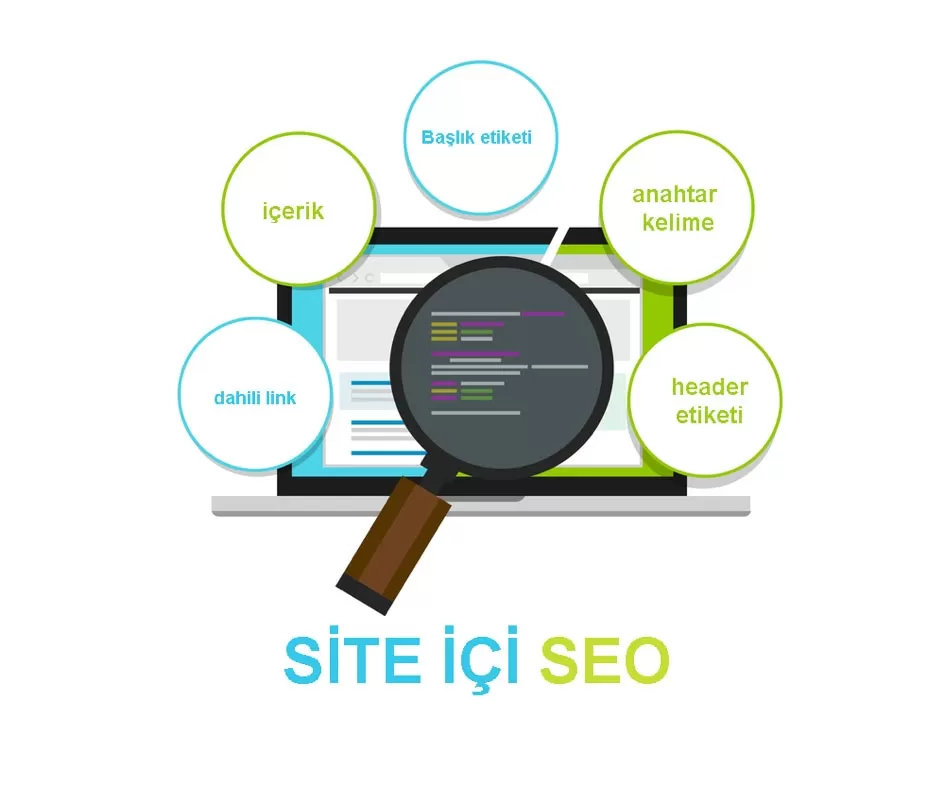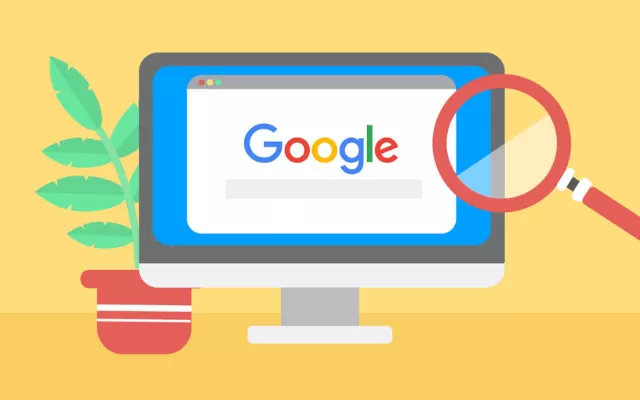Over the last few years, Google has drastically changed the “rules” section on the page to provide the best results.
What is On-Page SEO? (On-Page SEO)
On-page SEO (on-page SEO) is the effort to optimize single web pages to gain higher rankings and more relevant traffic in search engines. Unlike off-page SEO, which refers to links and other external elements, on-page SEO refers to both the content and HTML source code of a page that can be optimized.
As Google becomes more sophisticated, one of the most important factors affecting page optimization is emerging as relevance.
How relevant is your page to the query? Don’t forget to ask yourself this question throughout the entire process!
You have about eight seconds to get a visitor to interact with your website. As engagement increases and your users spend more time on the site, their experience improves accordingly.
After understanding everything that goes into on-page SEO efforts, analyze your site to see how the anatomy of your pages is performing.

Meta tags
Perhaps the most vital aspect of your on-page SEO efforts is the implementation of tags. Some may no longer be as beneficial for SEO as they once were, but if written and used optimally, they can still improve your traffic.
Meta tags are used to give search engines information about your page. Achieving high rankings is related to relevance and user satisfaction, but adding specific meta tags influences users and can increase your click-through rate.
Title Tags
These are the words that users see in search engines for both organic results and paid ads, and they are also visible at the top of every tab in your browser.
The title tag shows what the page is about. When ranking web pages for specific queries, Google looks at the title tag and compares it with the rest of the page’s content.
Meta descriptions
The meta description tells users what they will find on the page. Although not a direct ranking factor, search engines do read meta descriptions to identify the audience that the page’s content is targeting.
A well-written meta description can create a competitive advantage in search results and lead to a higher click-through rate with a better conversion rate.
Title Tags
Your landing page or blog should include multiple heading tags, ranging from h1 to potentially h6. The most important one is the h1 tag. You should never have more than one h1 tag on any page.
Use headings to represent different parts of the page. You will notice its impact both in terms of SEO and usability.
SEO Factors
As an SEO factor, you need to provide users with a clear view of what the page is about by complementing the page’s title with the words used in the heading tags.
Headers should be used to configure the page. Make sure the content includes the title.
The primary keyword of the page should be included somewhere in your h1 tag. Avoid skipping the h1 tag on a page, as it allows both your visitors and Google to understand the topic. Many blogs, especially those on WordPress, automatically set the blog post’s title as the h1 tag.
Do not use the same h1 tag on more than one page of your site. This could have harmful effects on your SEO, as Google wouldn’t know which page to rank for a query containing this heading.
The Yoast SEO plugin in WordPress helps you understand how strong each page is. It analyzes page factors to ensure that your page is fully optimized. As an added benefit, it alerts you about issues related to the page title, meta description, headings, images, content, and other elements.
Availability Factors
For landing pages and some blogs, remember that your users don’t read the whole page. Headings and subheadings break up the page and make the presentation look cleaner.
Subheadings help users navigate through the page. If you’re changing the topic or discussing a different aspect of a service, use the h2 tag. If further subdivision is needed and a subheading is required under h2, use the h3 tag.
URL Strings
When writing URL strings, make sure they are short, concise, and easy to read!
Keep your URL short. The shorter the URL, the easier it is to share while creating a better user experience. You should aim to ensure that your readers can quickly recognize what your page is about without seeing a mix of numbers, categories, symbols, or anything else in the string.
Use your primary keyword in the URL.
User-Friendly, Authoritative Content
When Google crawls your page, it wants to match user intent. Your content should clearly convey which product or service you offer or the exact topic of your blog.
Be Informed about Google Algorithm
To help weed out spammy, keyword-stuffed and thin-content top-ranking websites, Google released the Panda algorithm in February 2011 and updates it regularly. If you have low-quality and weak content, your website will become difficult to find on the internet.
Keyword Targeted Content
Just like with your meta tags, outline meta keywords for a product or service page targeting multiple queries or a single focus keyword for blogs.
Through content marketing, strategically use keywords; consider the types of words and what works best for your company.
Internal Links and Outbound Links
Links carry the most weight in your SEO. Earning links from quality sources and authority sites strengthens your domain, while internally linking within your site benefits user experience and enhances your SEO.
Optimize Your Images
Adding images to the page benefits the user experience, but you can help your SEO strategy by optimizing the image. Make your best-targeted keyword the alt text, and create a unique but relevant title for the image.
Mobile Responsiveness
For your page to be relevant and to improve your on-page SEO, your website needs to be mobile-friendly and responsive. Responsive websites provide the same experience regardless of the device being used.
Site Speed
In today’s age of technology, speed is of the essence. Approximately half of all mobile users will leave a site if it doesn’t load within 3 seconds.
You can contact us to benefit from our seo service. Remember that working with the right SEO agency can lead you to success.

